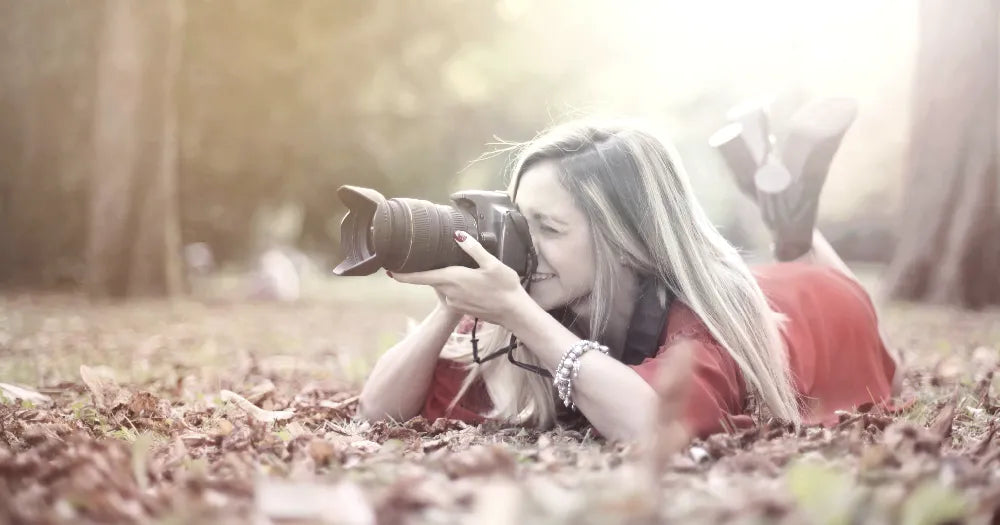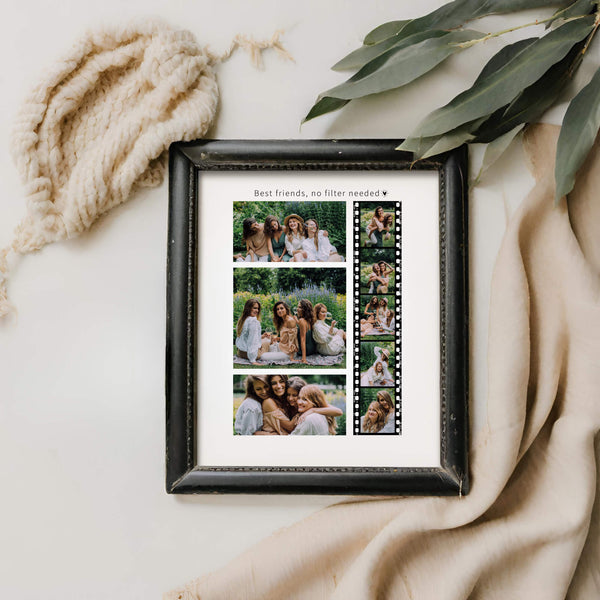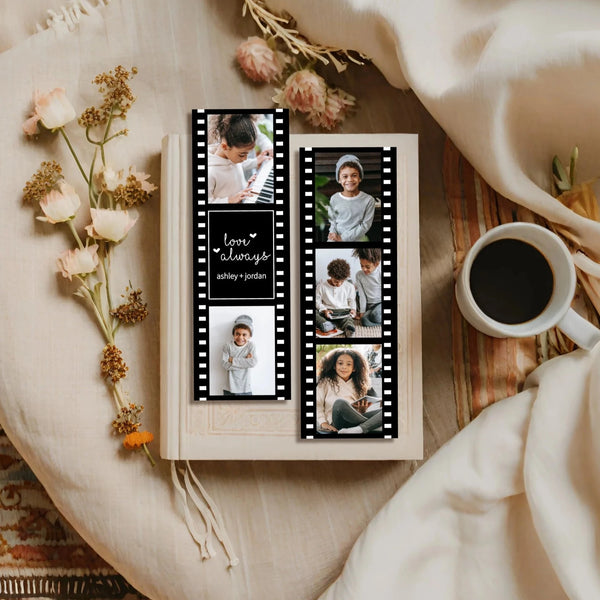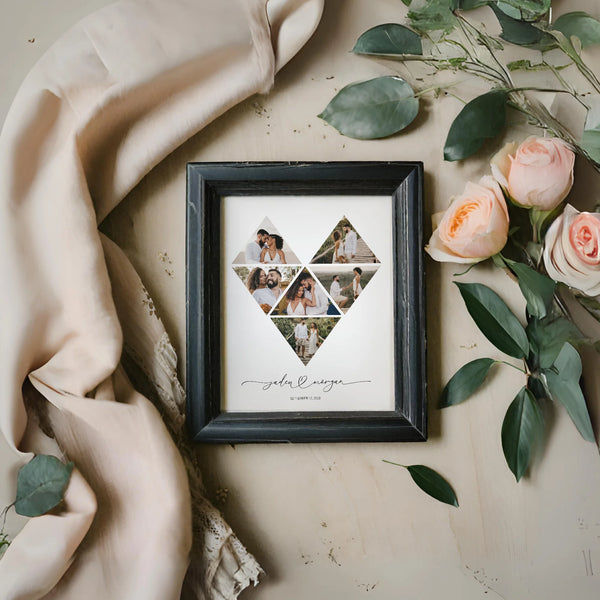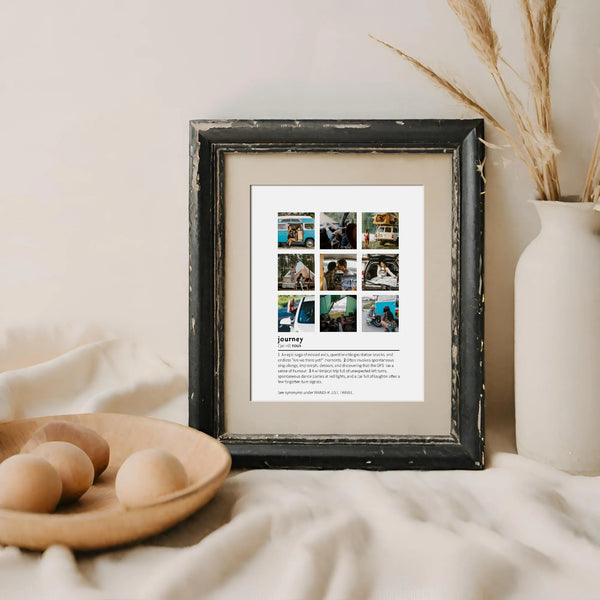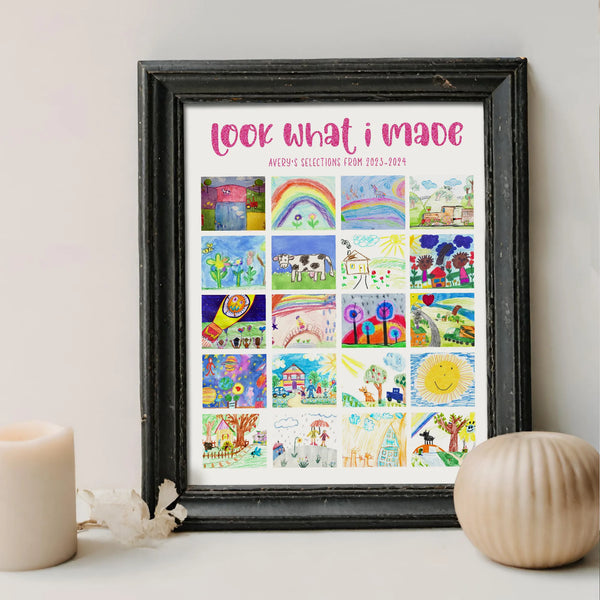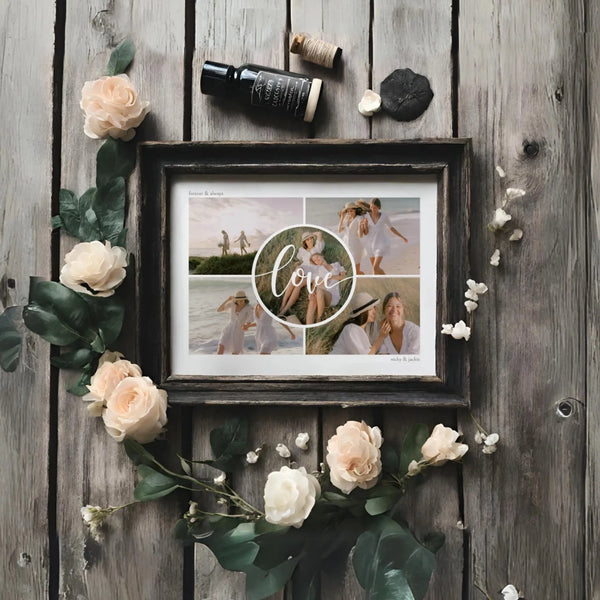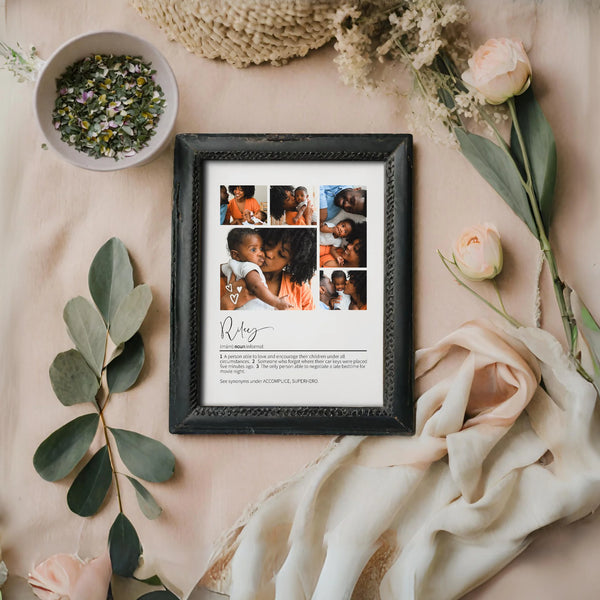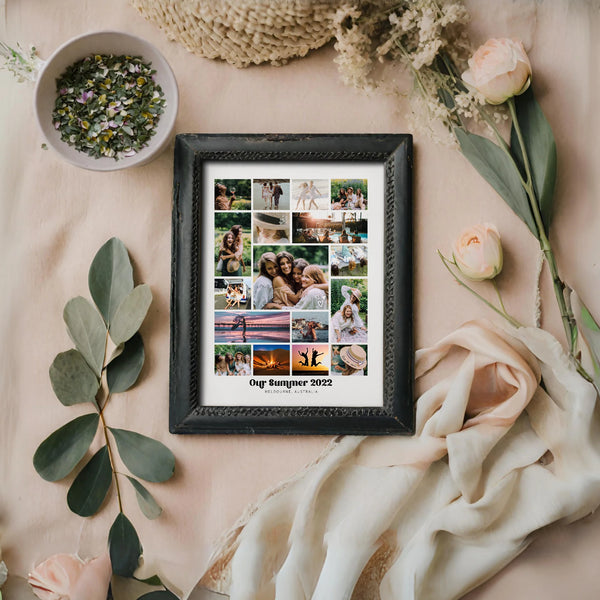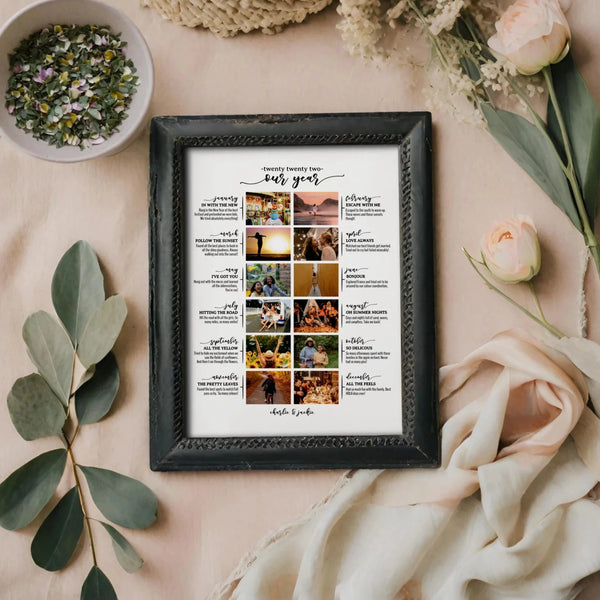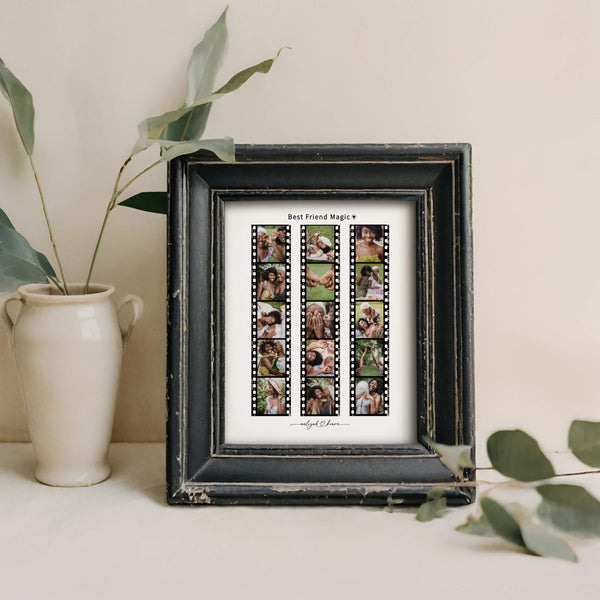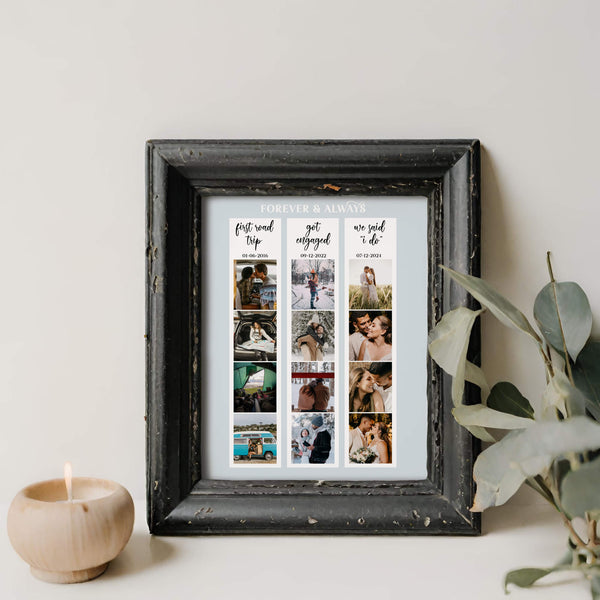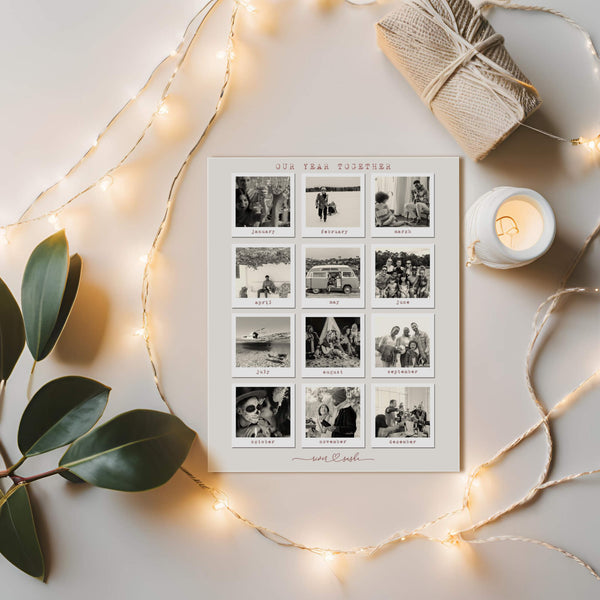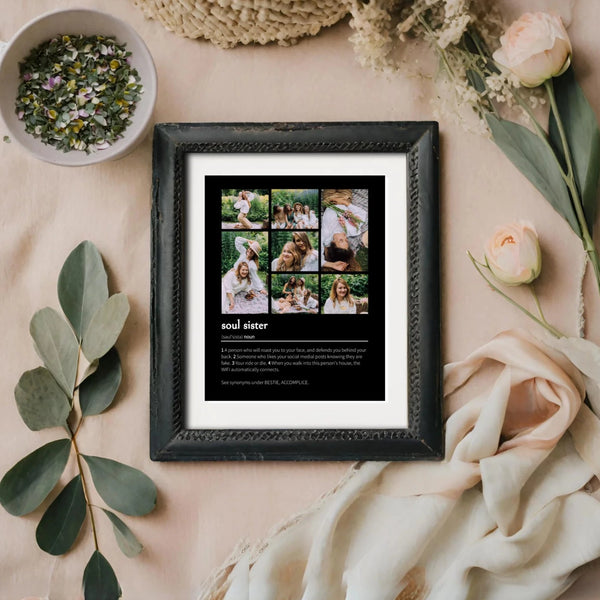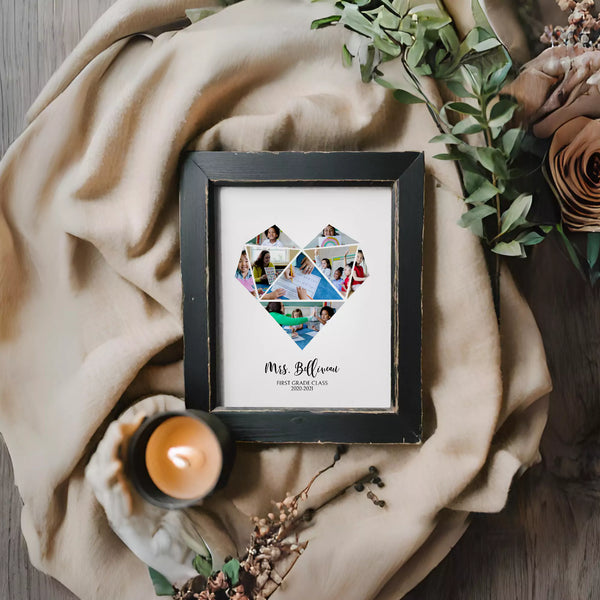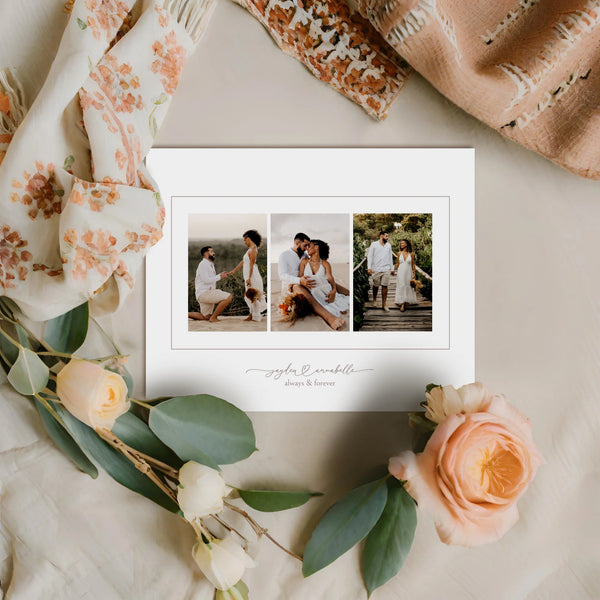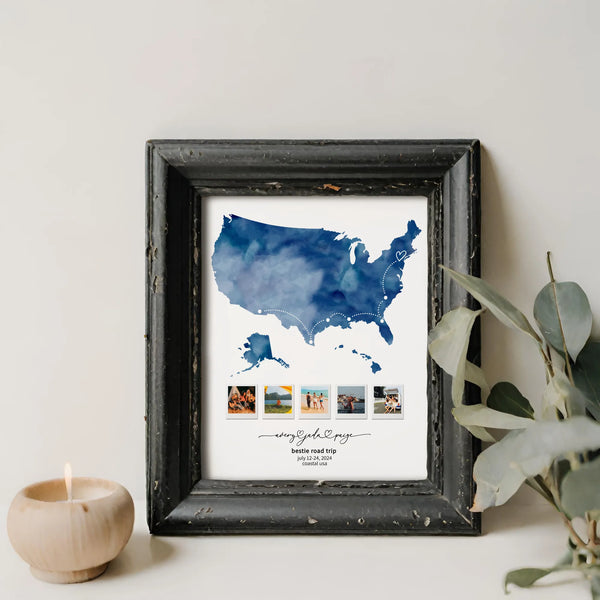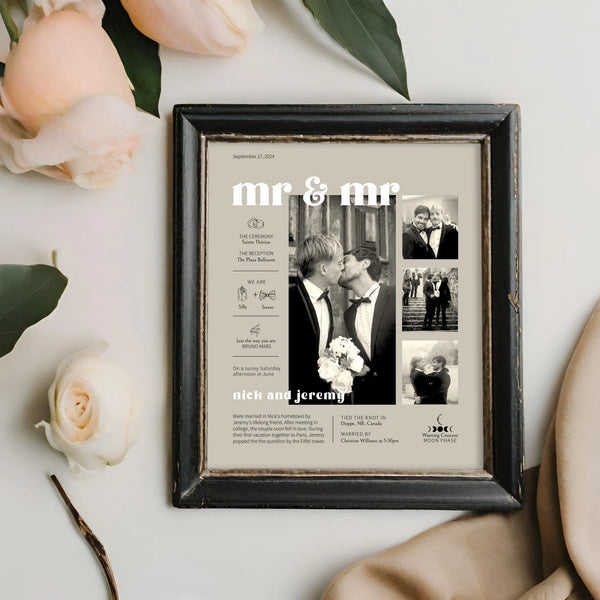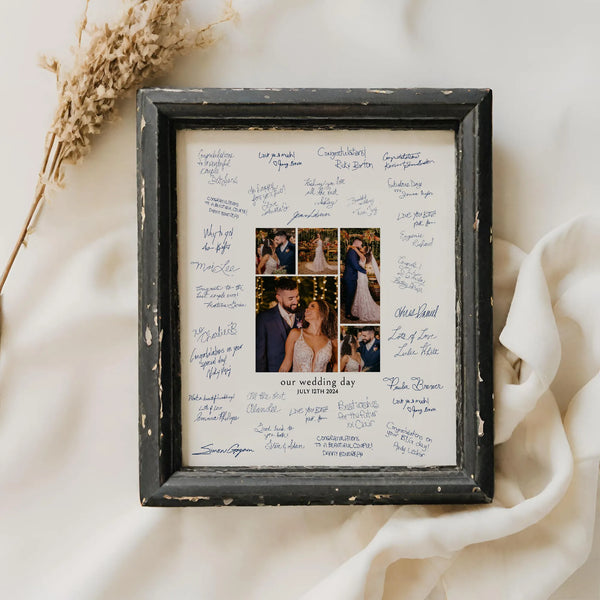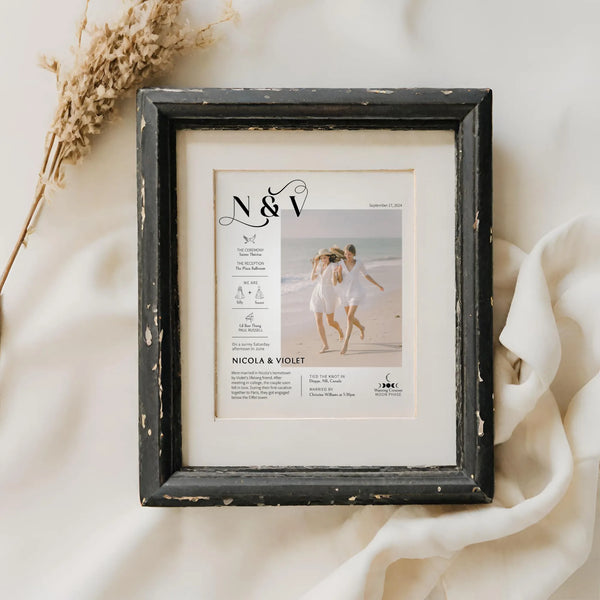So, you've got your camera, and are happily clicking away...but your photos still don't have that WOW factor? Don't worry; we've all been there! I've got a some advanced (not complicated) composition techniques that you can try to upgrade your photos from "oh, that's nice" to "OMG! That's amazing!". This is sorta like the secret sauce for photography, perfect for getting everything from adorable kid moments to breathtaking landscapes.
1. Rule of Thirds - With a Twist

You've probably heard of the rule of thirds. If not, it's pretty simple: imagine your frame divided into nine equal parts by two horizontal lines and two vertical lines (like a tic tac toe board). The idea is to place your subject along these lines or at their intersections. But let's kick it up a notch! Try offsetting your main subject just slightly off these points to create a more dynamic and less predictable composition. It's like rule of thirds, but with sass!
2. Leading Lines

Lines are EVERYWHERE! Seriously. Roads, fences, railway, the edge of a table, parking spaces, stairways, tunnels, bridges (plus so many more), and they can lead the viewer's eye straight to your subject. Experiment with using these lines to draw attention to what you want your viewer to see. Whether it's your kid walking through rows of flowers or a road leading to that beautiful mountain scape, leading lines add depth and make your photos more engaging.
3. Frame Within a Frame

This is a fun one! You might have seen images where people hold up an empty frame in front of their face, literally framing themselves, but that's basic. Look for natural frames around you. The most obvious are doorways, windows, or even tree branches. By placing your subject within these frames, you add layers and visual interest to your photo. It's like giving your viewer a peek into a secret world.
4. Negative Space

Sometimes, less is more. Negative space, the space around and between subject(s), can give photos a feeling of openness, help draw more attention to your subject, and just make it more insteresting. Think empty skies, water, or even plain backgrounds to let your main subject POP! It's a great way to emphasize the beauty of simplicity.
5. Symmetry and Patterns

Humans LOVE patterns and symmetry. They're pleasing to the eye and can make your photos stand out. Look for symmetry elements in architecture, nature, and even everyday objects. Symmetrical shots or repeating patterns can add a sense of harmony and balance to your compositions.
6. Golden Ratio

This one is for the math geeks! The Golden Ratio is an ancient composition technique that's found all over nature. It's kinda like the rule of thirds but a little more complicated. Imagine a spiral that grows outward; placing key elements along this spiral can create a natural flow and balance in your photo. It's like the universe's own design rule! To get technical, the Golden Ratio is when you divide a line into two parts and the longer part (a) divided by the smaller part (b) is equal to the sum of (a)+(b), with both equal 1.618.
7. Perspective and Angles

Shooting everything from eye level gets, well, repetitive. And honestly, we're better than that! So get down low (how low can you go 😉), climb up high, or just shoot from an unexpected angle. Changing your perspective can transform an everyday shot into something spectacular. Like, getting down in the grass to get that flower shot can take it from "flowers in my backyard" to "a magical, towering, floral giant in a fairy tale".
8. Depth of Field
You've probably heard people throw around this term, but what it is? Well it's the zone within a photo that appears clear, sharp, and in focus. Every photo has a point of focus, and space behind and in front of it that also appears sharp. That area is the depth of field. The size of this zone can be controlled by the aperture (f-stop). A shallow depth of field would have a large aperture ( ex. f 2.0). This would make the aperture, or pupil of your lens, completely open or more open than usual. For a deep depth of field, you would want a small aperture (ex f 16), making the aperture smaller.

For a shallow depth of field, the focus zone is very small. The subject will look super sharp but the background/foreground will be blurry. This technique works beautifully for portraits and macro (closeup) photography.

For a deep depth of field, the focus zone is very large. Often used in landscape photography, this shows every little detail in your image.
9. Colour and Contrast

Colours can make or break a photo. Utilizing contrasting colours can make your subject pop, or go for a monochromatic look for a dramatic feel. Complimentary colours (they're opposite each other on the colour wheel) are particularly striking. For instance, think of a beautiful blue sea against the orange glow of the setting sun in the distance.
There you have it, some advanced composition techniques to elevate your photography game! Remember, the best way to get better is to experiment and just take the shot. If you capture something amazing using these tips, I'd love to see it! Share your photos on socials and tag @playfulpixiestudio or #playfulpixietips.
Happy snapping!








